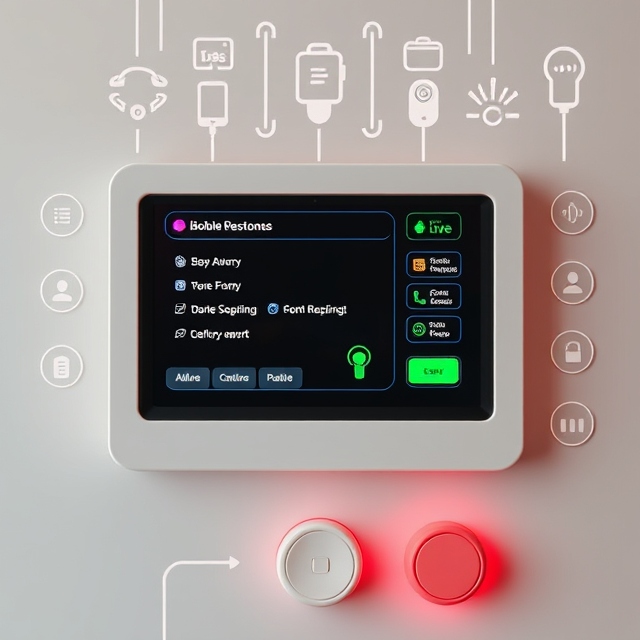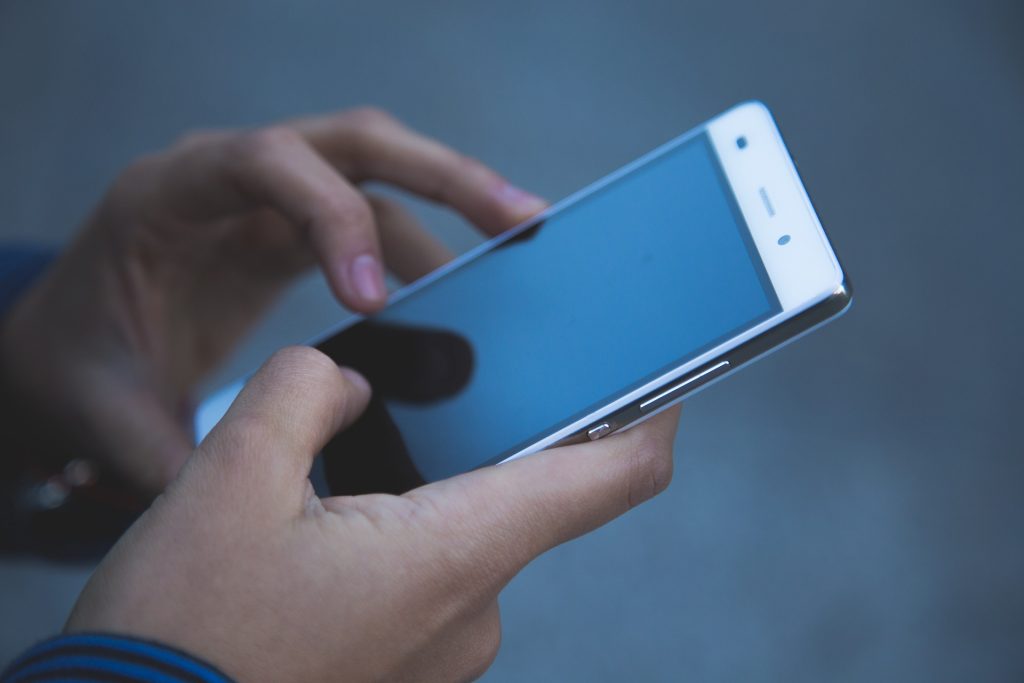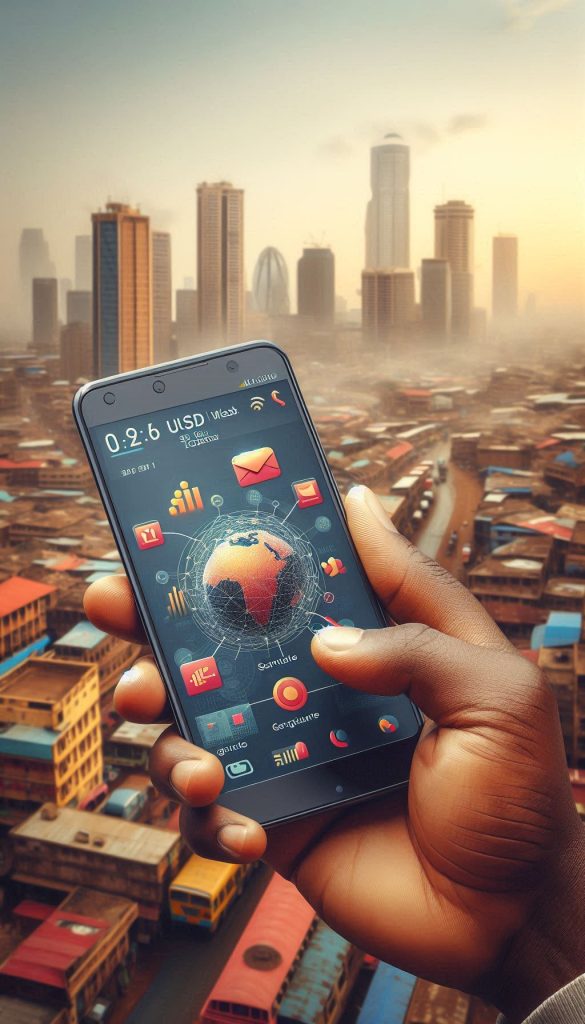
The Digital Divide’s Bridge: How a Simple Phone Technology is Connecting the World’s Most Remote Places
In the shadow of Silicon Valley’s race for 5G supremacy and the relentless march of smartphone innovation, a decidedly low-tech solution is quietly revolutionizing communication in the world’s most remote and underserved areas. Unstructured Supplementary Service Data, or USSD, a technology nearly as old as the mobile phone itself, is emerging as an unexpected hero in the fight against digital inequality.
What is USSD?
To the uninitiated, USSD might seem like a relic of the pre-smartphone era. It’s the technology behind those strings of numbers and asterisks you might dial to check your prepaid balance or to top up your account. But in vast swaths of Africa, Asia, and South America, USSD is much more than that—it’s a lifeline.
“USSD is like the cockroach of mobile technology,” jokes Dr. Aisha Ndayishimiye, a telecommunications expert at the University of Nairobi. “It’s basic, it’s not pretty, but it survives and thrives where other technologies fail.”
Unlike apps or web-based services, USSD works on any mobile phone, doesn’t require an internet connection, and operates on even the weakest of signals. In a world where over 3 billion people still lack internet access, according to the United Nations, the importance of this cannot be overstated.

Banking the Unbanked
Perhaps nowhere is the impact of USSD more evident than in mobile banking. M-Pesa, launched in 2007 in Kenya, has become a case study in how USSD can transform economies.
“Before M-Pesa, I had to travel two hours to the nearest bank to send money to my family,” recalls John Ochieng, a construction worker in Nairobi. “Now, I just dial a few numbers, and the money is in my mother’s account in the village instantly.”
M-Pesa now serves over 50 million users across Africa, processing over 40 billion transactions a year. The World Bank estimates that such mobile money services have lifted 2% of Kenyan households out of extreme poverty.
“USSD-based banking isn’t just about convenience,” explains Dr. Ndayishimiye. “It’s about financial inclusion. It’s giving millions of people access to the formal economy for the first time.”
Beyond Banking: USSD’s Expanding Role
While financial services were the first to capitalize on USSD’s potential, the technology’s applications have expanded dramatically:
- Healthcare: In rural India, expectant mothers receive prenatal health tips and appointment reminders via USSD. “It’s revolutionizing maternal health in areas where smartphones are a luxury,” says Dr. Priya Agarwal of the Indian Council of Medical Research.
- Agriculture: Farmers across Africa use USSD to check market prices, receive weather alerts, and access agricultural advice. The GSMA estimates that such services have increased incomes for smallholder farmers by up to 40% in some regions.
- Education: In South Africa, a USSD-based service called MobiSchool provides quiz-based learning for students without internet access. “It’s leveling the playing field for rural students,” says education researcher Dr. Thabo Msibi.
- Governance: From voting to accessing public services, USSD is making governance more accessible. In Ghana, citizens can report corruption via a simple USSD code.
The Challenges
Despite its potential, USSD is not without challenges. Security concerns, particularly around financial transactions, remain a significant issue. “USSD communications aren’t encrypted end-to-end like many internet-based services,” warns cybersecurity expert Marcus Hutchins. “This presents risks that need to be carefully managed.”
There’s also the question of cost. While cheaper than data-based services, USSD isn’t free. In some countries, telecom companies have been accused of exploiting their control over USSD channels to charge exorbitant rates.
USSD in the Age of Smartphones
As smartphone penetration increases globally, one might expect USSD to fade into obsolescence. Yet, experts argue that its relevance is unlikely to diminish anytime soon.
“Even as more people get smartphones, USSD remains crucial,” says Dr. Ndayishimiye. “It’s more reliable in areas with poor data coverage, it works on cheap feature phones, and many people simply prefer its simplicity.”
Moreover, USSD is evolving. New standards allow for richer interactions, and some companies are exploring ways to integrate USSD with AI and chatbot technologies.
Bridging the Digital Divide

In the global conversation about bridging the digital divide, USSD offers a powerful lesson: sometimes, the most effective solutions are not the most advanced, but the most accessible.
“When we talk about connecting the next billion, we often focus on expanding broadband or 5G networks,” reflects Dr. Alanna Herbst, a digital inclusion researcher at MIT. “But USSD reminds us that we also need to meet people where they are, with the technology they have.”
As night falls in a remote village in Uganda, Sarah Namukasa, a small shop owner, dials a short code on her battered Nokia phone. In seconds, she’s checked her account balance, paid her suppliers, and sent money to her son in the city for his school fees.
“This little phone, these few numbers,” she says, holding up her device, “it’s not just technology. It’s opportunity. It’s empowerment.”
In a world racing towards an ever more connected future, USSD stands as a testament to the power of simple, accessible technology. It’s a bridge over the digital divide, built not of cutting-edge fiber optics, but of humble digits and asterisks, connecting millions to the opportunities of the modern world, one short code at a time.